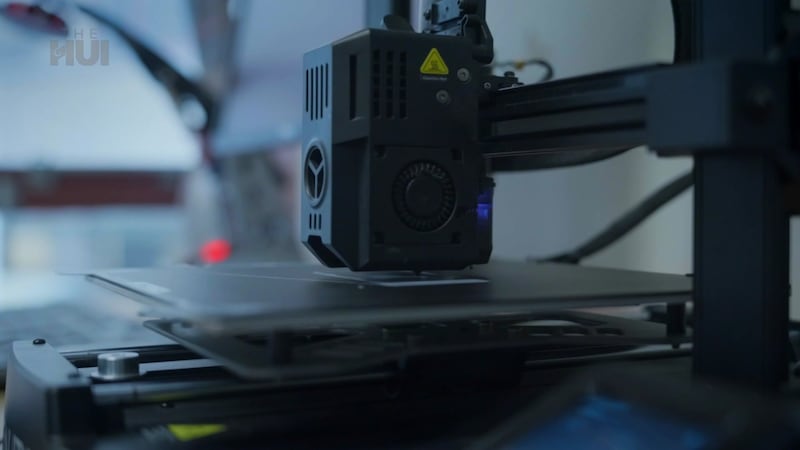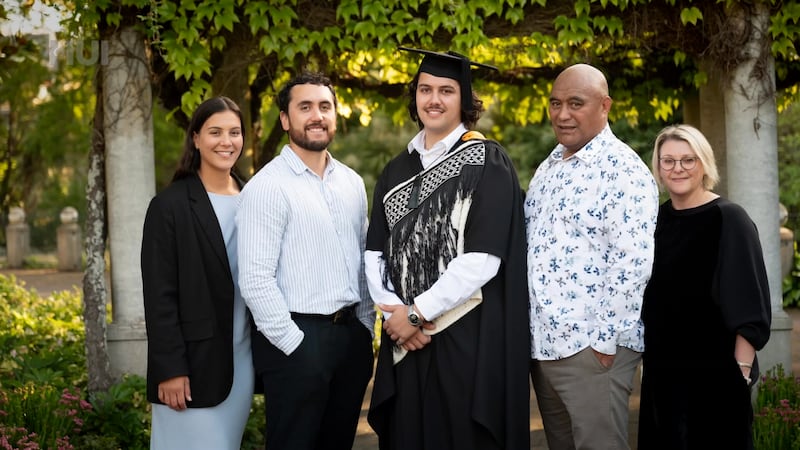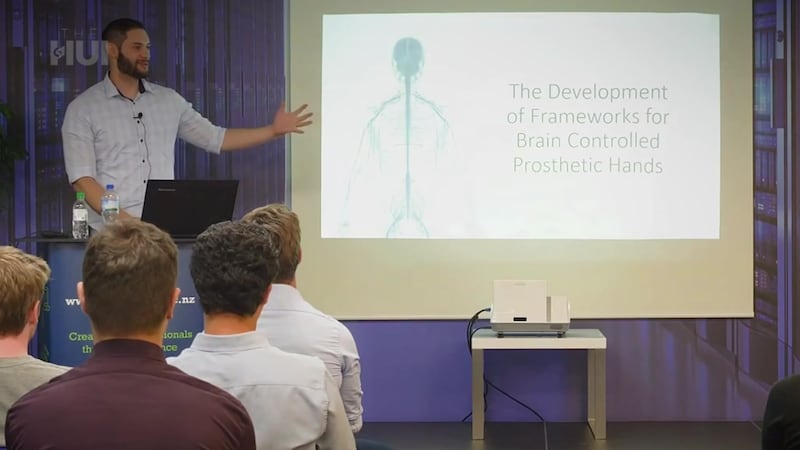An initiative blending mātauranga Māori and science is successfully lifting Māori school achievement and getting rangatahi into cutting-edge careers.
Pūhoro STEMM (Science, Technology, Engineering, Mathematics, Mātauranga) Academy, based in Manawatū, is the world’s largest indigenous science academy.
Māori students achieve around 10 per cent below the average in NCEA levels 1 - 3, data from NZQA shows.
A Pūhoro analysis of data from 2023 shows their graduates not only have higher pass rates than the Māori average, but achieve NCEA at rates higher than non-Māori.
“Science, STEM, is nothing new to who they are as a Māori,” Manahautū (CEO) of Pūhoro, Kemp Reweti (Ngāti Raukawa ki te Tonga) said.
“We know and understand that their ancestors were incredible astronomers, navigators, engineers of the highest order, biochemists, healers.
“It’s in their whakapapa, it’s in their DNA”.
Despite this, the number of Māori in STEM industries remains low, about 2 per cent in technology, and 4.8 per cent across all STEM industries.

“So we want to make sure that we’re keeping those pathways in education open for our rangatahi further downstream in high school and through that transition period into higher education,” Reweti said.
The charity runs workshops across the country for Māori Year 11 - 13 students, and for those who go on to pursue STEM higher education, they are mentored and placed in internships.
The workshops teach physics through mau rākau (a Māori martial art) by getting students to learn a mau rākau sequence, then measuring the force of each strike.
They also weave tukutuku (lattice patterns) cracking a code to reveal the pattern which teaches students maths through the Māori art form.
One Pūhoro graduate, Luke August (Ngāti Hauiti), has gone from no interest in university to doing a PhD in tikanga and technology.

“When I was a kid, my dream job, if I could pick anything, was to be the guy on the back of the rubbish truck who ran around and picked up the rubbish bags,” he said.
However, after winning an engineering challenge at a Pūhoro wānanga, he was inspired to take it further, and enrolled to study at Canterbury University.
“It was a little bit disheartening to start with, because none of my lecturers during my entire degree were Māori, so it almost felt like they didn’t really understand where I was coming from.”
Meeting Mahonri Owen (Ngāti Hine, Ngāti Tūwharetoa), a lecturer at Waikato University, changed all that.
He understands the importance of having strong role models.
“It’s hard to see yourself in a place where there are no other Māori”.

“We’re working in the space where you control them from biological signals, so that could be from muscles, from the brain, and then to use those signals, to bring back some quality of life.
And that might just be being able to hold your child’s hand again”.
The pair is now working on building the first prosthetic made entirely from harakeke filaments.
“Imagine we harvest harakeke from your whenua, and then we process it, turn it into a hand. You would feel a lot stronger of a connection to that prosthetic. It’s got the mauri of your whenua.”
They are hoping it will contribute to improving the acceptance rate of prosthetics, which has a high rejection rate of 40 per cent.


